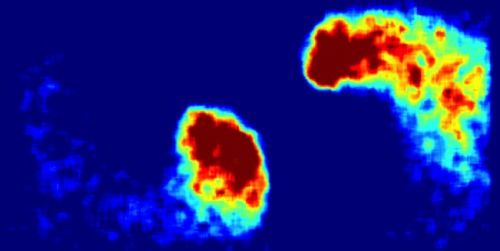Nice.
Networks are mathematical representations to explore and understand diverse, complex systems—everything from military logistics and global finance to air traffic, social media, and the biological processes within our bodies. In each of those systems, a hierarchy of recurring, meaningful internal patterns—such as molecules and proteins interacting inside cells, and capacitors and resistors operating within integrated circuits—determines the functions or behaviors of those systems. The larger and more intricate a system is, however, the harder it is for current network modeling techniques to uncover these patterns and represent them in organized, easy-to-understand ways.
Researchers at Stanford University, funded by DARPA’s Simplifying Complexity in Scientific Discovery (SIMPLEX) program, have made progress in overcoming these challenges through a framework they have developed for identifying and clustering what mathematicians call “motifs”: essential but often obscure patterns within systems that are the building blocks of mathematical modeling and that facilitate the computational representation of complex systems.
A research paper describing the team’s achievement was published in Science (“Higher-order organization of complex networks”). At the heart of the team’s success was the creation of algorithms that can automatically explore and prioritize the hidden patterns in data that are fundamental to explaining network structure and function.









